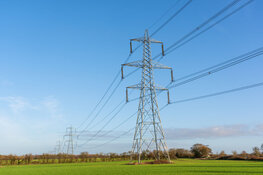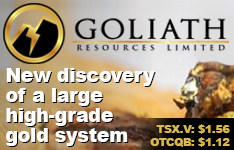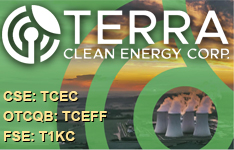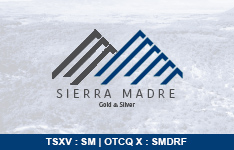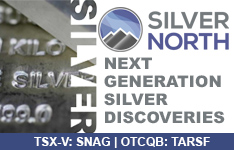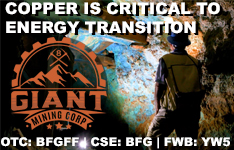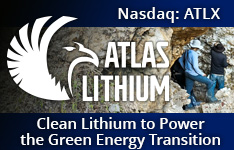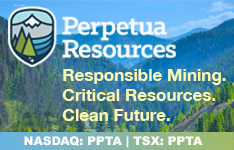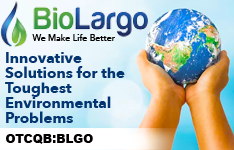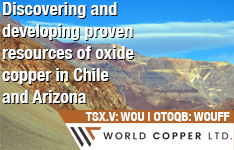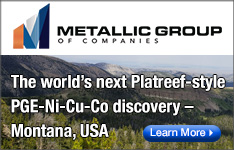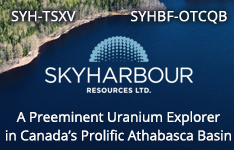Advanced livestock and organic waste treatment technology company Bion Environmental Technologies Inc. (BNET:OTCQB) announced it has secured a new offtake Letter of Interest (LOI) for 100,000 gallons of its innovative organic and low-carbon nitrogen fertilizer.
This commitment is for Bion’s OMRI (Organic Materials Review Institute) Listed 10-0-0 Liquid AB (Ammonium Bicarbonate) nitrogen fertilizer, a cutting-edge product derived from ammonia released during biogas production. This type of fertilizer represents a new class of readily available organic nitrogen solutions that not only address the organic "yield gap" due to traditionally less available nitrogen but also help reduce carbon footprints.
"Organic production has been the fastest growing segment of U.S. agriculture for several years, and America still represents less than 5% of global organic crop production," Bion Chief Executive Officer Craig Scott said. "We believe the ability to increase organic yields, improving its efficiency and profitability, while further reducing its environmental impacts, cannot be overemphasized. People and the planet win with circular solutions — this is a big one."
Bion Environmental Technologies’ patented Ammonia Recovery System (ARS) produces organic (OMRI Listed) and low-carbon nitrogen fertilizers from ammonia generated from animal manure, industrial, and other organic waste streams in biogas production. This system not only prevents environmental pollution by capturing ammonia but also generates clean water for reuse or discharge, enhancing both the economic and environmental sustainability of livestock and biogas operations.
Evaluating Supply Partners, Projects
The LOI announced Tuesday was signed with a prominent integrated U.S. agribusiness entity, which has chosen to remain anonymous at this stage. The agreed pricing is set at US$7 per pound of nitrogen. The 10-0-0 Liquid AB contains 10% nitrogen by weight, meaning the 100,000 gallons will include approximately 84,000 pounds of nitrogen.
This is the third LOI brokered through Philo Consulting, following earlier agreements with Perfect Blend and Yield RMG, bringing the total to 250,000 gallons. Bion anticipates additional commitments from distributors and growers soon, aiming for an initial target of 300,000-500,000 gallons for delivery in 2026.
Bion has also started producing and distributing a second batch of AB samples to meet new requests, including those for varying concentrations and pH levels. These offtake agreements remain non-binding until specific projects are identified and development begins, at which point contracts to secure future production volumes will be formalized.
Currently, Bion is evaluating numerous potential supply partners and projects. Many of these are operational facilities that allow for quicker fertilizer production compared to new developments; some are industrial facilities that could potentially be operational even sooner due to stricter regulations. Bion is strategically exploring opportunities to commence initial supply by 2026 and is assessing a diverse array of projects for 2027 and beyond, spanning agricultural and industrial sectors, both existing facilities and new developments.
ARS 'Exceeded Expectations'
In June, the company announced it had successfully completed a technology optimization report for the enhanced ARS, which demonstrated stability, reliable continuous operation, and scalability. It also achieved ammonia reduction goals by evaporating significantly less water than initially projected, leading to markedly improved economic outcomes, including lower production costs for its high-quality nitrogen fertilizers derived from upcycled ammonia.
"As we have indicated for some time, the ARS has exceeded our expectations. This report details by just how much," Scott said. "We are now sorting through and evaluating dozens of potential projects and partners to find the best fit to fill our initial fertilizer offtake agreements."
The report encapsulated over a decade of ARS concept development and technology R&D, highlighting achievements during the optimization phase. Bion collaborated with Buflovak, a New York-based engineering firm known for its expertise in evaporation, distillation, and separation processes. The Buflovak engineering team was deeply involved throughout six years of ARS R&D and testing, including the 18-month optimization phase at Fair Oaks, and they conducted a final review of the report.
While economics were not the focus during optimization, Bion noted that the operational improvements achieved significantly impact the modeled system economics and fertilizer manufacturing costs. Findings from Fair Oaks suggest that operating expenses for a full-scale commercial system will be about 25% lower than previously modeled, with a corresponding reduction in fertilizer manufacturing costs.
Addressing the 'Organic Yield Gap'
The organic food sector has been identified as the fastest-growing area of U.S. agriculture by the U.S. Department of Agriculture. It faces what is often called the "organic yield gap" due to a lack of affordable, readily available organic nitrogen.
Bion said its ARS addresses this by capturing and upcycling ammonia from livestock waste, which is then converted into low-carbon, organic nitrogen fertilizers. This not only enhances crop yields but also reduces the carbon footprint associated with organic farming.
Last summer, Bion announced that its commercial nitrogen fertilizer, derived from livestock waste, received an OMRI Listing for use in organic production.
Bion's ARS technology not only supports organic agriculture but also significantly reduces nitrogen runoff and off-gassing, helping to protect surface waters, aquifers, and the atmosphere. It also aids in restoring soil microbial balance and narrowing the yield gap between organic and conventional crops.
Looking ahead, Bion said it anticipates further economic improvements as the ARS scales to full commercial size. "While engineering challenges are expected, Bion believes those risks are substantially mitigated because the ARS platform and the processes it uses perform better at larger scale," the company stated. Bion also plans to explore additional modifications to the ARS that could dramatically reduce system capital costs and operating expenses.
The Catalyst: Rising Preferences Pushing Sector
According to a report by Markets and Markets, the market size for organic fertilizers was valued at US$7.9 billion in 2024 and is expected to grow at a compound annual growth rate (CAGR) of 11.5% through 2029, reaching US$13.6 billion.
"The rising preference for environmentally conscious food fuels the growth of the organic fertilizers industry," the report noted. "This transition underscores a wider dedication to sustainable farming methods and reducing ecological damage."
In response, governments globally are enacting regulations and incentives to foster organic farming, thereby boosting the demand for organic fertilizers, as noted by Markets and Markets.
The global market for biogas is anticipated to grow by US$19.51 billion from 2024 to 2028, with a CAGR of 6.01%, according to a Technavio report. Europe significantly leads America in adopting technology to manage organic wastes. A 2022 report by Waste 360 indicated that there were about 17,500 such facilities in the European Union in 2016 compared to fewer than 350 in the U.S. However, a 2024 article by Ecohaz reported nearly 20,000 biogas plants in Europe, showing a growing trend. Meanwhile, America is beginning to catch up.
A February 2025 report by the American Biogas Council highlighted a record year for the sector in 2024.
 Streetwise Ownership Overview*
Streetwise Ownership Overview*
Bion Environmental Technologies Inc. (BNET:OTCQB)
"In the 12 months ending in December, 125 new biogas projects came online, representing over US$3 billion in new U.S. investments. New projects in 2024 exceeded those in 2023 by 17%, while total investment in those projects increased by 40% compared to the previous year," the report stated. This increase brought the total number of U.S.-based biogas facilities to almost 2,500.
Scott commented on the potential of this resource. "Farmers buy synthetic nitrogen fertilizer all day long to replace what is lost out of the nitrogen cycle," he said. "We upcycle what's already here, and it's more valuable because it is organic. You've got one of two choices: either lose it to atmosphere and runoff, where it becomes pretty nasty air and water pollution, or capture it, harness it, and repurpose it, and add value to your operations."
Ownership and Share Structure
According to Refinitiv, about 20% of Bion Environmental is owned by management and insiders.
Less than 1% is held by institutions.
The rest is with retail.
Bion has a market cap of US$10.77 million. Trading over the past 52 weeks ranged from US$0.04 per share to US$0.49.
| Want to be the first to know about interesting Special Situations, Agriculture and Technology investment ideas? Sign up to receive the FREE Streetwise Reports' newsletter. | Subscribe |
Important Disclosures:
- As of the date of this article, officers and/or employees of Streetwise Reports LLC (including members of their household) own securities of Bion Environmental.
- Steve Sobek wrote this article for Streetwise Reports LLC and provides services to Streetwise Reports as an independent contractor/employee.
- This article does not constitute investment advice and is not a solicitation for any investment. Streetwise Reports does not render general or specific investment advice and the information on Streetwise Reports should not be considered a recommendation to buy or sell any security. Each reader is encouraged to consult with his or her personal financial adviser and perform their own comprehensive investment research. By opening this page, each reader accepts and agrees to Streetwise Reports' terms of use and full legal disclaimer. Streetwise Reports does not endorse or recommend the business, products, services or securities of any company.
For additional disclosures, please click here.




